Research Research Highlights
Research Highlights
Research Highlights
Research Highlights
Research Highlights 미리보기
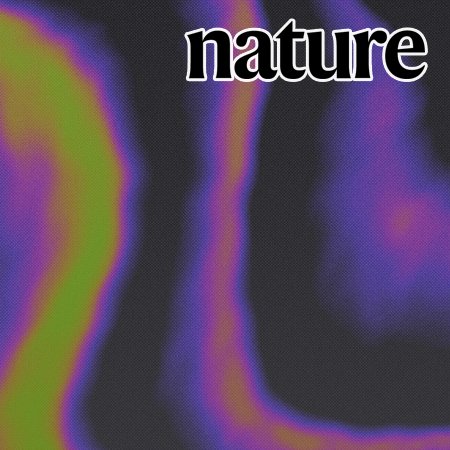
Atomic lift-off of epitaxial membranes for cooling-free infrared detection
Prof. Celesta S. Chang
Professor Celesta S. Chang's research team from the Department of Physics and Astronomy has developed an 'Atomic Lift-Off' technique that enables the production of ultrathin, freestanding perovskite oxide membranes—paving the way for high-performance, cooling-free infrared sensors.
Research Highlights Board
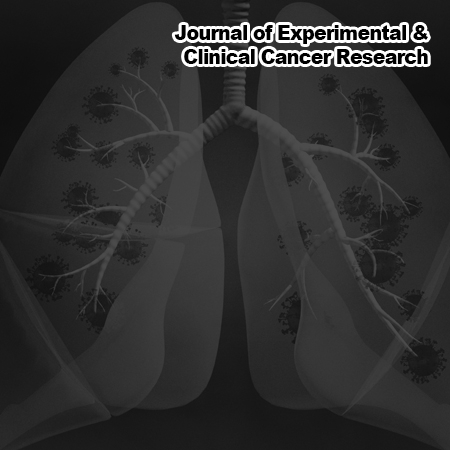
Ninjurin1 drives lung tumor formation and progression by potentiating Wnt/β-Catenin signaling through Frizzled2-LRP6 assembly
Prof. Ho-Young Lee
Professor Ho-Young Lee's team in the College of Pharmacy announced that they have revealed the role of ninjurin1 in causing and exacerbating lung cancer by analyzing public databases and the tissues of lung cancer patients.

In situ multiscale probing of the synthesis of a Ni-rich layered oxide cathode reveals reaction heterogeneity driven by competing kinetic pathways
Prof. Kisuk Kang
A research team led by Kang, Kisuk and Park, Jung Won of the College of Engineering revealed a synthetic secret of high-Ni cathode materials that are attracting worldwide attention as the next-generation cathode material for lithium-ion batteries and identified the cause of low-quality synthesis.
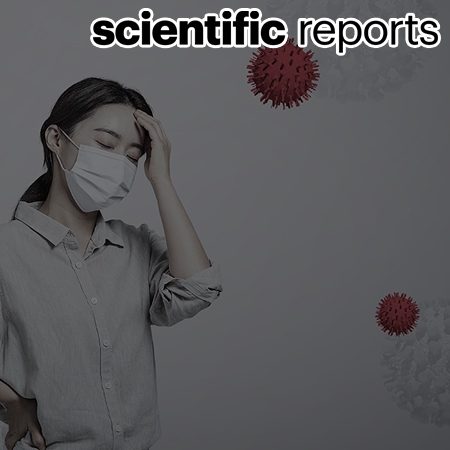
SARS-CoV-2 spike protein induces cognitive deficit and anxiety-like behavior in mouse via non-cell autonomous hippocampal neuronal death
Prof. Sung Joong Lee
Professor Sungjoong Lee's research team in the School of Dentistry revealed that the cause of cognitive and emotional disorders in COVID-19 patients was the neuronal cell death in the hippocampus by the 'spike protein' in SARS-CoV-2.
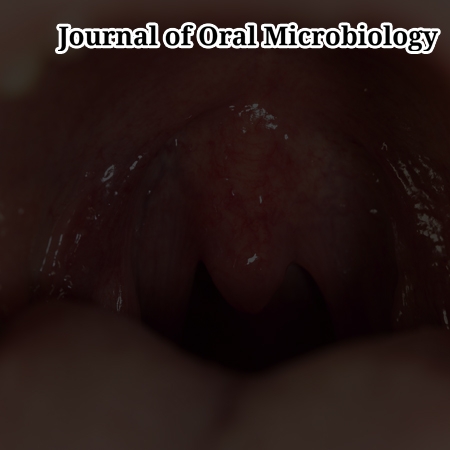
Comparative analysis of the oral microbiome of burning mouth syndrome patients
Prof. Gehoon Chung, Prof, Ji Woon Park, Prof. Bumjo Oh
The joint research team led by Professor Ji Woon Park and Professor Gehoon Chung in the School of Dentistry and Professor Bumjo Oh in the College of Medicine presented research results that identified the link between the burning mouth syndrome and oral microbiome.
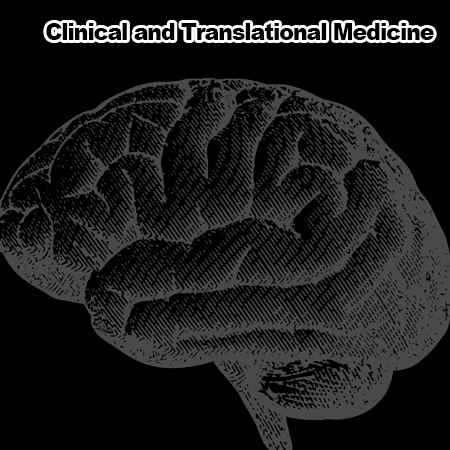
Upregulation of SNAP25 by HDAC inhibition ameliorates Niemann-Pick Type C disease phenotypes via autophagy induction
Prof. Kyung-Sun Kang
Professor Kyung-Sun Kang's research team in the College of Veterinary Medicine presented a development and mechanism for a new target protein in SAHA and HNHA, which inhibit HDAC, that ameliorates Niemann‐Pick Type C disease.
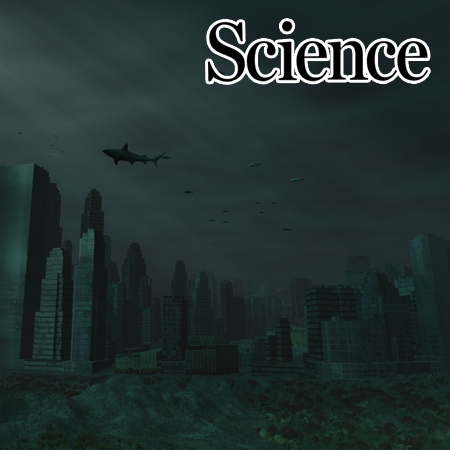
Hydrogel-based strong and fast actuators by electroosmotic turgor pressure
Prof. Jeong-yun Sun & Prof. Ho-young Kim
A research team led by Sun, Jeong-Yun of the Department of Materials Science and Engineering and Kim, Ho-Young of the Department of Mechanical Engineering announced that they have developed hydrogel actuators that can produce enough strength to break bricks in a short time.

The C. elegans Regulatory Factor X (RFX) DAF-19M module : a shift from general ciliogenesis to cell-specific ciliary and behavioral specialization
Prof. Junho Lee
Professor Junho Lee's research team in the School of Biological Sciences announced that they have identified the modulator that determines the characteristics of IL2 neurons, which play an important role in the hitchhiking behavior of C. elegans.
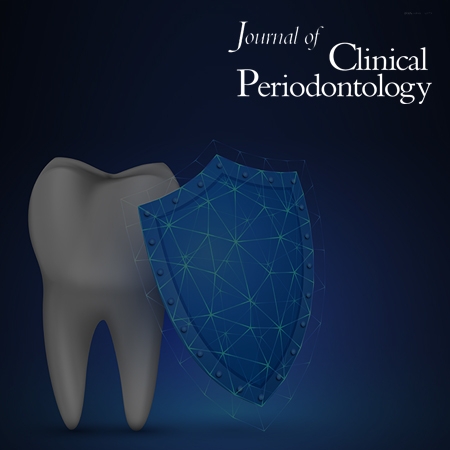
CPNE7 regenerates periodontal ligament via TAU-mediated alignment and cementum attachment protein-mediated attachment
Prof. Joo-Cheol Park
Professor Joo-Cheol Park's research team in the School of dentistry revealed that the CPNE7 protein excavated from the dental epithelium during tooth development regulates the organization and arrangement of periodontal ligament cells.
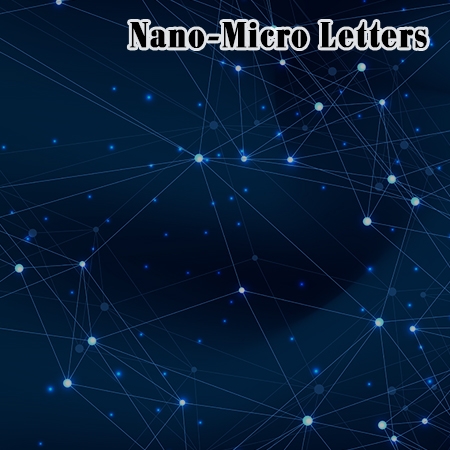
Multi-Bandgap Monolithic Metal Nanowire Percolation Network Sensor Integration by Reversible Selective Laser-Induced Redox
Prof. Seung Hwan Ko
Professor Seung Hwan Ko's research team in the Department of Mechanical Engineering announced that they have developed a technology that creates device by precisely controling the properties of metal nanowire thin film.
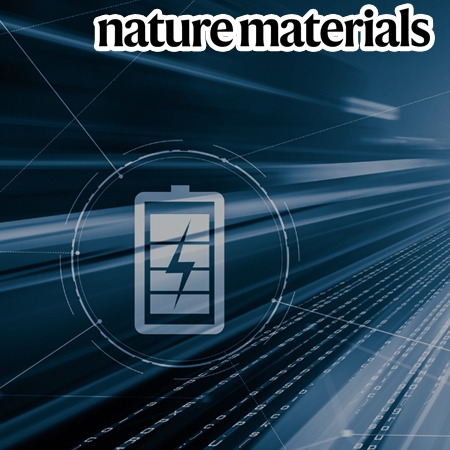
Coupling structural evolution and oxygen-redox electrochemistry in layered transition metal oxides
Prof. Kisuk Kang
Professor Kisuk Kang’s research team at the Department of Materials Science and Engineering announced that they have succeeded in figuring out the mechanism of oxygen/redox-dependent degradation and newly designing the anode materials for the next-generation sodium-ion battery.
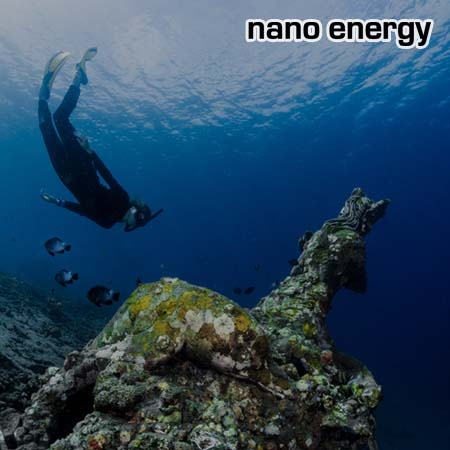
Soft multi-modal thermoelectric skin for dual functionality of underwater energy harvesting and thermoregulation
Prof. Seung Hwan Ko
Professor Seunghwan Ko's research team in the Department of Mechanical Engineering announced that they have developed an electronic skin that can regulate body temperature and generate electricity by itself according to the user's needs in the water.
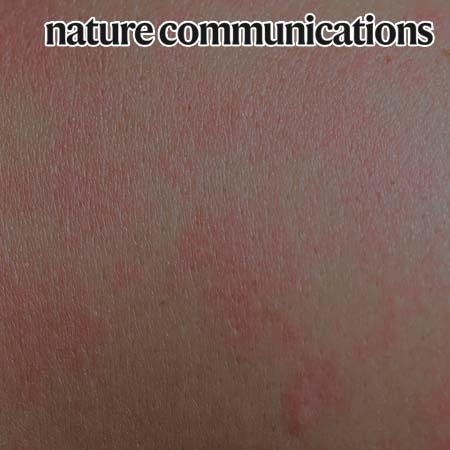
Homeostatic serum IgE is secreted by plasma cells in the thymus and enhances mast cell survival
Prof. You Jeong Lee
Professor Lee Yu-jeong's research team at the College of Pharmacy announced that they have identified the origin of the unknown E-type immunoglobulin and its role in allergic diseases.

